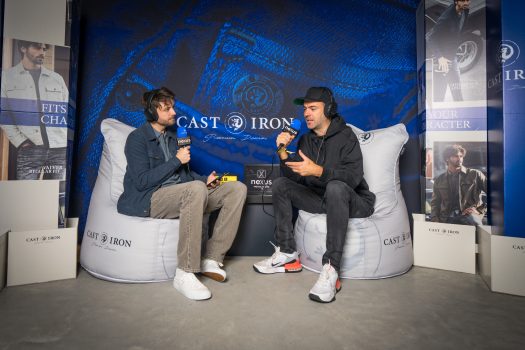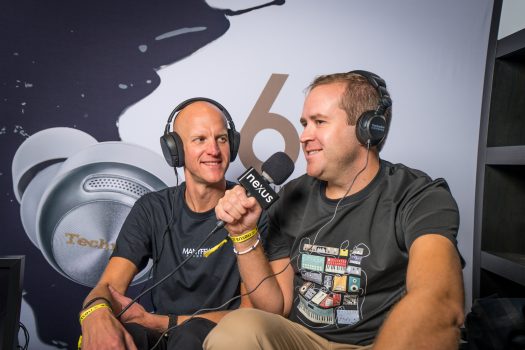Abbey Road Studios is the world’s most famous recording studio, famed for its innovation and technological prowess. It is a global music icon and the world’s first purpose-built recording studio. It is most likely the world’s most highly secured recording studio. You don’t just come in to look around; you must register and explain why you are visiting. Curious people can only observe from afar, but our very own Nexus Radio’s Programming Director, Manny Van Dahl, is honored to speak at Abbey Roads Studios in Amsterdam, an off-campus sub-unit of the main Abbey Road Studios.
Over the last 90 years, Abbey Road Studios has hosted countless historic recordings and pioneering developments in music technology. The extraordinary history of the studios includes famous work by musicians spanning from The Beatles, Pink Floyd, Fela Kuti, Kate Bush, Oasis, and Radiohead to Sam Smith, Florence + The Machine, Kanye West, Lady Gaga, Frank Ocean, Amy Winehouse, Brockhampton, and Adele. But where did it all begin?
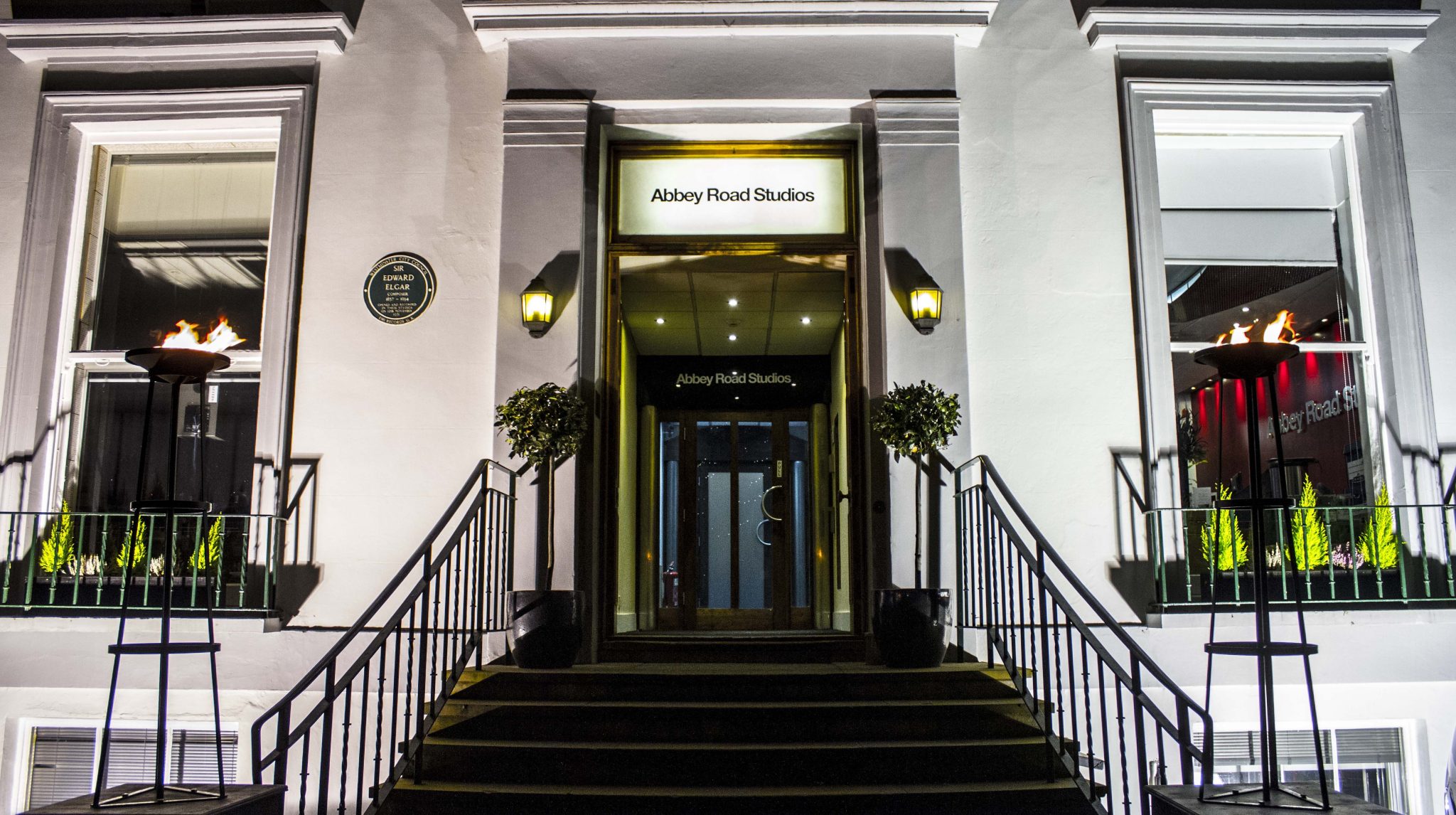
The Purchase of Abbey Road Estate
Abbey Road Studios is one of the world’s oldest recording studio complexes. It is a collection of buildings centered on a renovated house on Abbey Road in London, England.
Originally a nine-bedroom Georgian estate built in 1831 on the walkway leading to Kilburn Abbey, the structure was later converted to flats, with Maundy Gregory being the most well-known resident. In the late 1920s, the English division of Emile Berliner’s Gramophone Company was so busy that some of its officials considered constructing a second studio. However, everyone did not favorably receive the plan. Fred Gaisberg, the artistic director of the Gramophone Company’s HMV record label, was the primary opponent. Gaisberg thought it was bad to spend so much money building a studio, but Gramophone authorities pushed the project through and purchased the Abbey Road estate in 1929.
The property benefited from a vast garden behind the townhouse, which allowed for the construction of a considerably larger building to the rear; hence, the Georgian façade conceals the full size of the building. Pathé filmed the studios’ debut in November 1931, when Edward Elgar led the London Symphony Orchestra in recording sessions of his music.
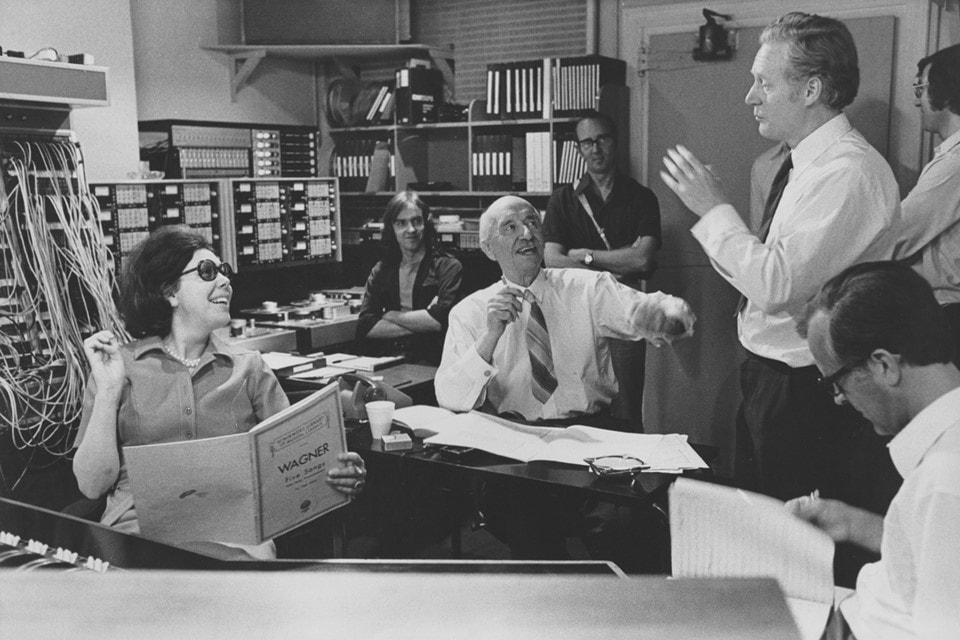
The Gramophone Company and the Electrical and Musical Industries (EMI)
The Gramophone Company had combined with other enterprises to establish Electrical and Musical Industries (EMI) by the time Abbey Road Studios opened. The complex had three studios: studio 1 was perhaps the largest in the world at the time and could easily accommodate a full symphony orchestra, whereas studios 2 and 3 were constructed for lesser projects. On the other hand, EMI began developing its own recording methods almost immediately. Alan Blumlein, a well-known English engineer, was instrumental in Abbey Road’s independence from American electronics makers. In the 1930s, he introduced his “moving coil” microphones and recorders.
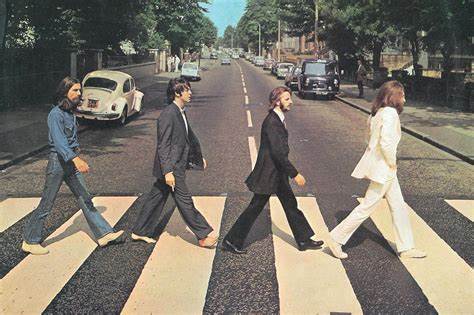
The Birth of Icons from Abbey Road Studios
Abbey Road Studios is well-known for the artists who recorded there. Jazz legend Glen Miller, who made his final album there in the 1940s, is among them, as are later pop singers Cliff Richard, the Hollies, Manfred Mann, the Seekers, the Pacemakers, and Queen. Pink Floyd produced the Dark Side of the Moon in Studio Three in 1973, and the album became one of the best-selling albums of all time.
But it was The Beatles who made Abbey Road the world’s most famous recording studio. On June 6, 1962, the quartet went to the studios to audition for legendary record producer George Martin. Then, the group returned to the Abbey Road studios until the end of the 1960s, even naming one of their albums Abbey Road in July 1969. To this day, travelers wander all over the crossing in the style of the iconic album cover.


